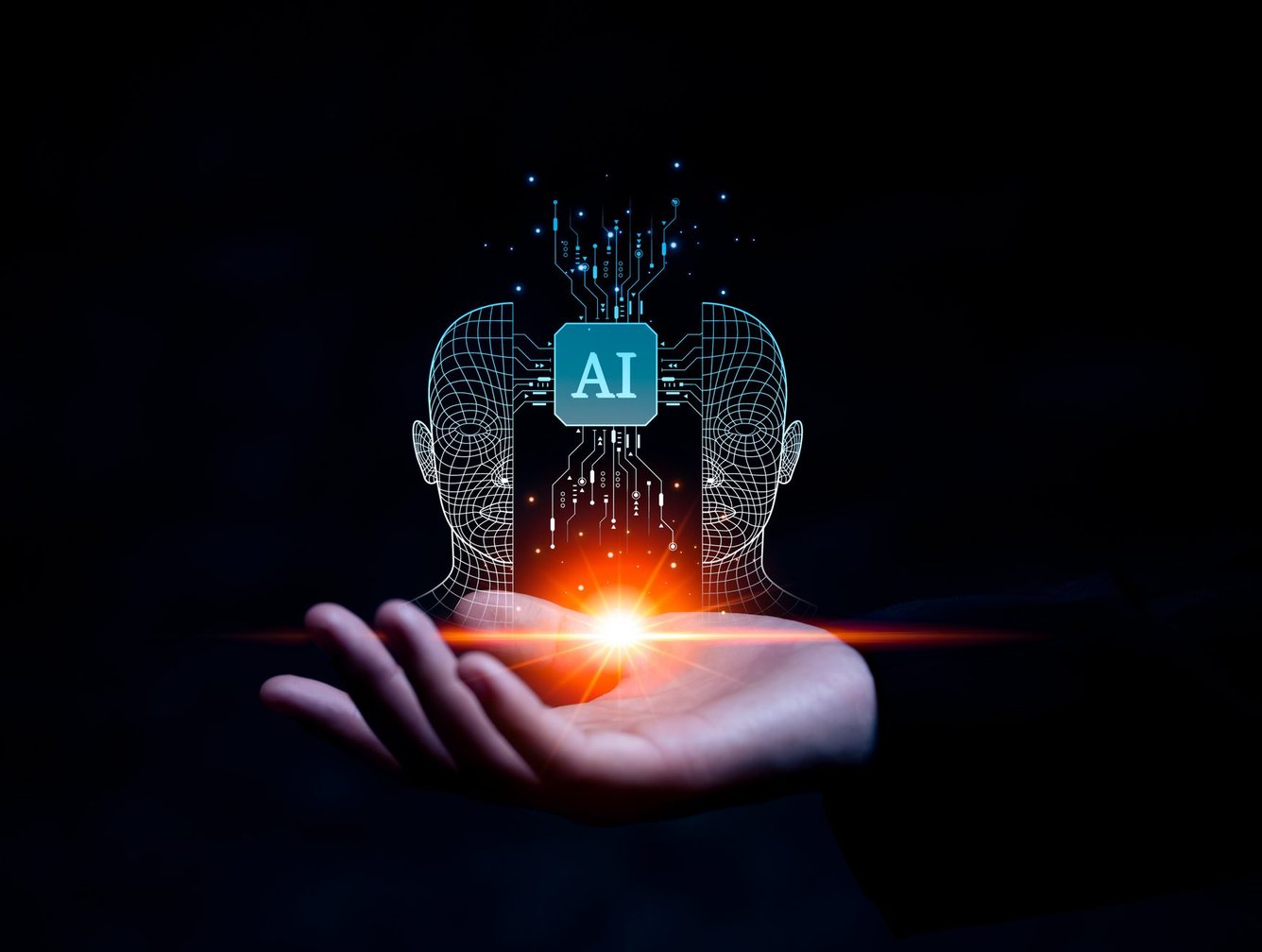Fire fighting is always a race against time; the success of the rescue depends on how quickly the operation is conducted. More often than not, rescue operations will be underway at a place that is already engulfed in flames and thick smoke. The visibility will be poor as well which adds to the difficulty. The heat from the flames is so severe that it can cause suffocation, seizures, and even heart attack. This results in firefighters being unable to notice objects or obstacles on their way which results in the delay of the rescue operation.
Benefits of AI-based Simulated Training
Cost-effective: Even though, the initial cost might be high since there is a reuse factor of both environment and equipment. There is zero wastage of resources. By utilizing a virtual world, we will be able to cover a wide variety of scenarios with various levels of complexity. We can get immersed in a virtual world that simulates real-world effects. Temperature, pressure, etc. all can be simulated. Since the training is virtual, it is completely risk-free and since training is done in a virtual world means there is data recorded. This data can be used to analyze the training done and provide proper feedback for further improvements.
Applications of AI in Fire and Safety Training
- Smart gears with sensors that will detect gas concentration, temperature, etc. being used to analyze the situation and instruct firefighters accordingly. Sample usage of smart gears include:
- Through VR equipment, both visual and audio instructions can be communicated to firefighters in real-time. With the help of Machine Learning models, this can be completely automated
- Helmet cams are equipped with AI for temp detection and movement detection
- Capturing of sound and filtering out human vocal frequency thereby directing the firefighters towards trapped civilians
- Metaverse: Virtual reality-based fire extinguisher training through AR/VR models, intense training scenarios for firefighters, and less intense versions for civilians can be simulated, adapt them to respond effectively when there is a real-world scenario.
- Real-time statistical analysis of the fire growth, wind direction, topography, and various other factors is crucial while dealing with wildfires. The real-time data analysis will help prevent the growing wildfire by building firebreaks at the best suitable location. A firebreak built at the wrong place will not control the fire. This will also result in the wastage of critical resources
- Use of sensors to monitor the health of firefighter: While the focus is on saving the trapped civilians, this often puts the life of firefighters in great danger. To ensure the health of firefighters is kept in check, a few sensors can be used:
- Sensors like oxygen level detectors can be used to check if the oxygen level of the firefighters is within the normal range
- ECG sensors can understand the extent of physiological excerption that someone is undergoing to better infer about someone’s psychological state
- Body temperature sensors monitor the change in temperature of the human body to ensure that the temperature range is within the safe bracket

The opportunities to make use of AI, VR, and AR are very wide, and the more we use these, the better equipped our firefighters will be. This starts from basic training done in the virtual world.











